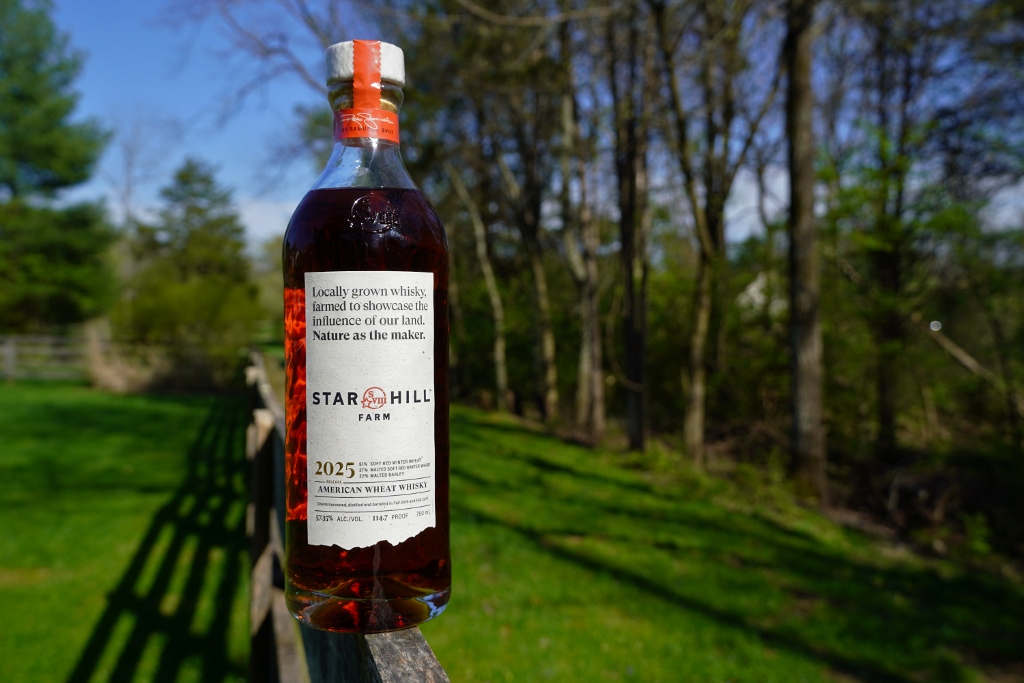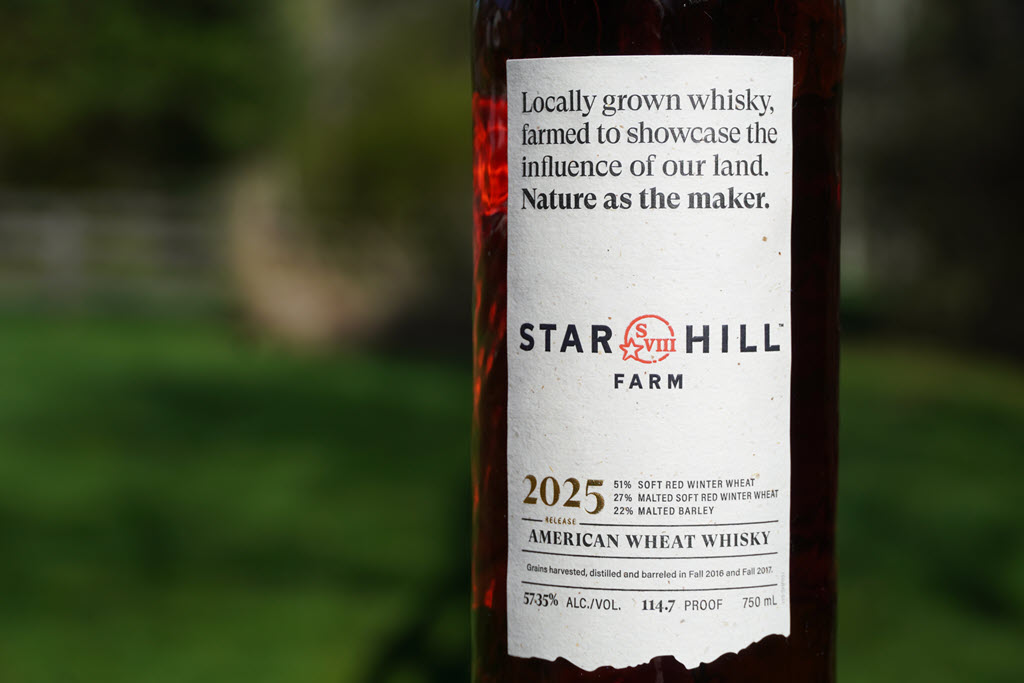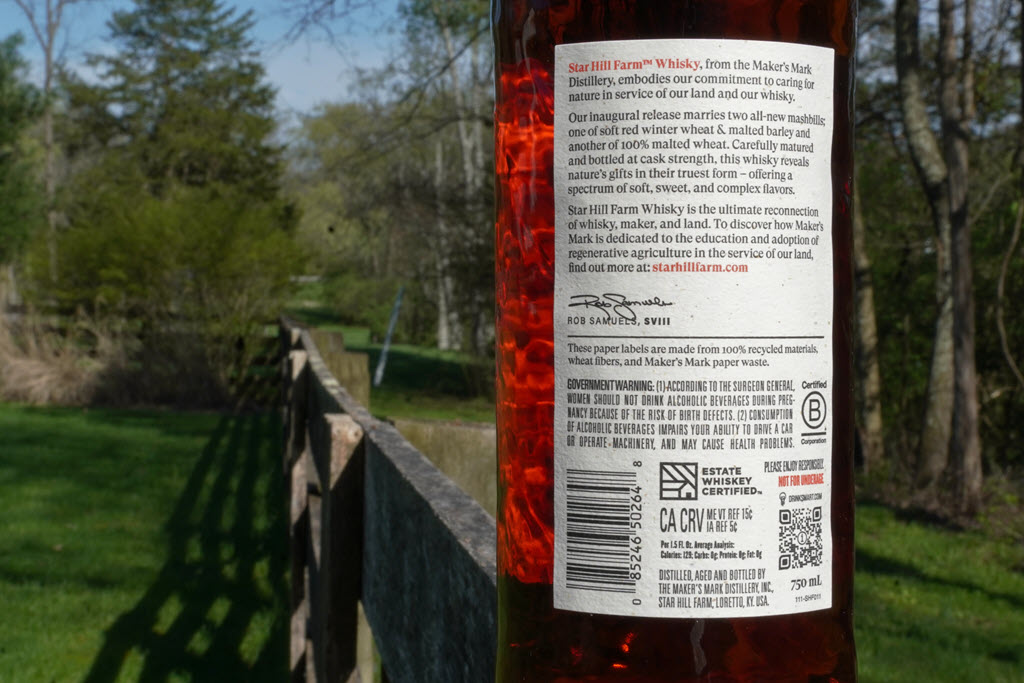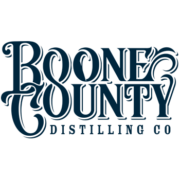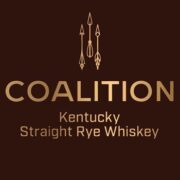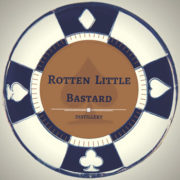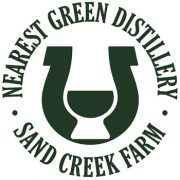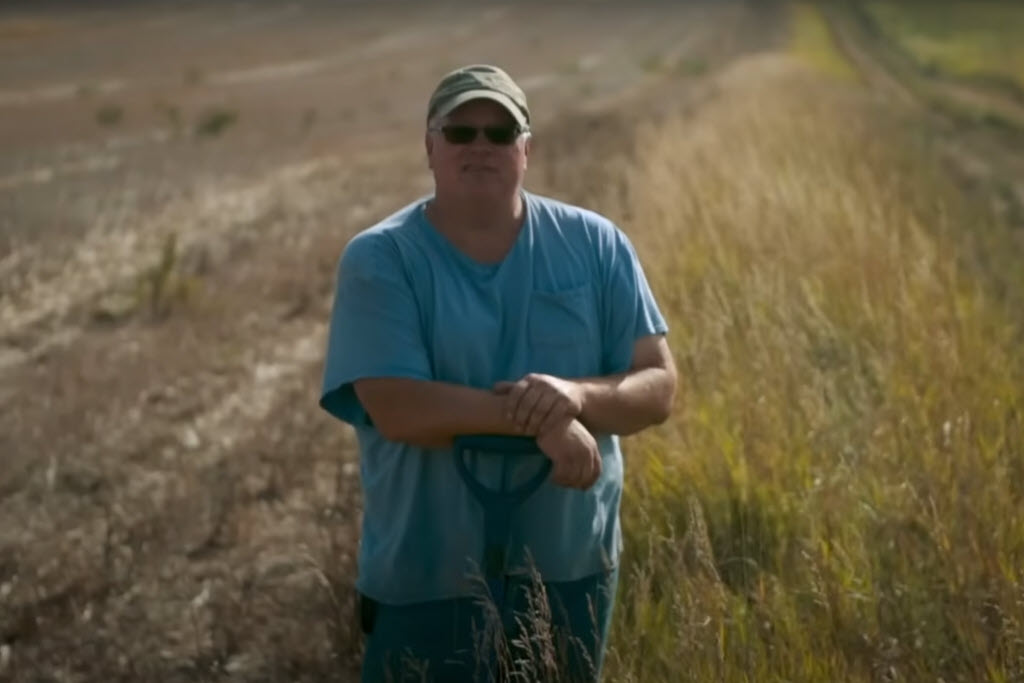
Maker’s Mark Distillery in Loretto, Kentucky, started with a flavor vision back in 1953 when Bill, Sr. and Margie Samuels decided to burn the family’s generations old whisky recipe. They didn’t want to make the same old harsh whisky that the family, like most bourbon makers, had been making for 100s of years. They wanted to forge a new path forward, a path that focused on flavor.
Not owning a distillery at the time, they started from scratch making bread to find a bourbon mash bill and flavor profile they liked. After baking endless loaves of bread, they settled on a soft red winter wheat. It’s that wheat that imparts the front-of-palate sweetness that Maker’s is known for. And the rest, as they say, is history. Until now.

-
Save
Three Generations of Wheat Whisky Makers – Flavor Through Nature
Historically, Maker’s Mark is known for one thing, a wheated bourbon whisky. When Bill, Sr. and Margie retired, they handed over their whisky thief to Bill Samuels, Jr. Years later when Bill, Jr. approached his retirement he decided he wanted to make his own ‘mark’ on the family legacy. He wanted to make something yummy. That mark began in 2008 and was achieved in 2010 when Maker’s introduced Maker’s Mark 46. Why 46? Bill and his master distiller at the time Kevin Smith along with help from Independent Stave Company ran 122 experiments and the one they chose was experiment 46. The name stuck and Maker’s 46 was born.
About a decade ago Bill, Jr’s son, Rob Samuels, Eighth-Generation Whisky Maker and Managing Director of Maker’s Mark decided it was time to make his ‘mark’ on the premium whisky distillery. He didn’t want to reinvent the wheel, and he wanted to stick to his grandparents’ original vision of creating something with a purpose that would build upon what they started 70+ years ago.
Introducing Star Hill Farm American Wheat Whisky
Maker’s Mark has announced the debut of Star Hill Farm Whisky, the distillery’s first new mashbill and first wheat whisky, celebrating the role regenerative agriculture plays in creating healthier soil, a more sustainable future, and better flavor.
“Guided by our founders’ pursuit of excellence and a higher purpose, we are proud to share Star Hill Farm Whisky with the world — a 10-year journey to unlock nature’s depth of flavor, resulting in something new from the Maker’s Mark Distillery,” said Rob Samuels. “The launch of Star Hill Farm Whisky will expand our platform to advance regenerative agriculture beyond our business, fostering a more sustainable future for our industry, people, and planet.”
Stay Informed: Sign up here for the Distillery Trail free email newsletter and be the first to get all the latest news, trends, job listings and events in your inbox.
“We’re proud to introduce the first wheat whisky in our distillery’s history, one that showcases our vision and innovation and honors the land that makes it all possible,” added Maker’s Mark Master Distiller Dr. Blake Layfield. “This release is a complex yet balanced blend of seven- and eight-year whiskies, bottled uncut at cask strength. The nose captivates with notes of buttery caramel, golden raisins and gingerbread. On the palate, you’ll find a soft, bright mix of honeyed toffee, chocolate-covered cherries, and a hint of apple pie spice. The finish is smooth and inviting, with toasted pecans and soft cinnamon bringing it all together.”
While Maker’s Mark has used the same mashbill for over 70 years to create a balanced and consistent bourbon, Star Hill Farm Whisky will evolve each year, exploring flavors that soil, wheat, water and wood impart to quality ingredients when expertly blended, aged and grown regeneratively. The inaugural release will highlight soft red winter wheat — the distinctive grain in Maker’s Mark’s mashbill — and will remove corn entirely, allowing the wheat to shine.
The 2025 release of Star Hill Farm Whisky is crafted from a blend of two mash bills: one with 70% soft red winter wheat and 30% malted barley, and the other with 100% malted soft red winter wheat.
A Wheat Whisky Nearly a Decade in the Making
We recently had the opportunity to sit down with Rob Samuels and team to learn more about this first new whisky from Maker’s Mark.
“This is pretty exciting, and I thank you for making time to come visit with us,” exclaimed Rob Samuels. “Star Hill Farms Whisky is something that we’ve been dreaming about and thinking about and planning for close to 11 years. Our family’s role in the evolution of whisky in Kentucky, whether it’s the 160 years prior to Maker’s Mark, where my grandparents lit the Samuel’s family recipe on fire, right here in this bucket and would choose to walk away from that legacy because they didn’t believe in it. And they would go on to settle here at Star Hill Farm.
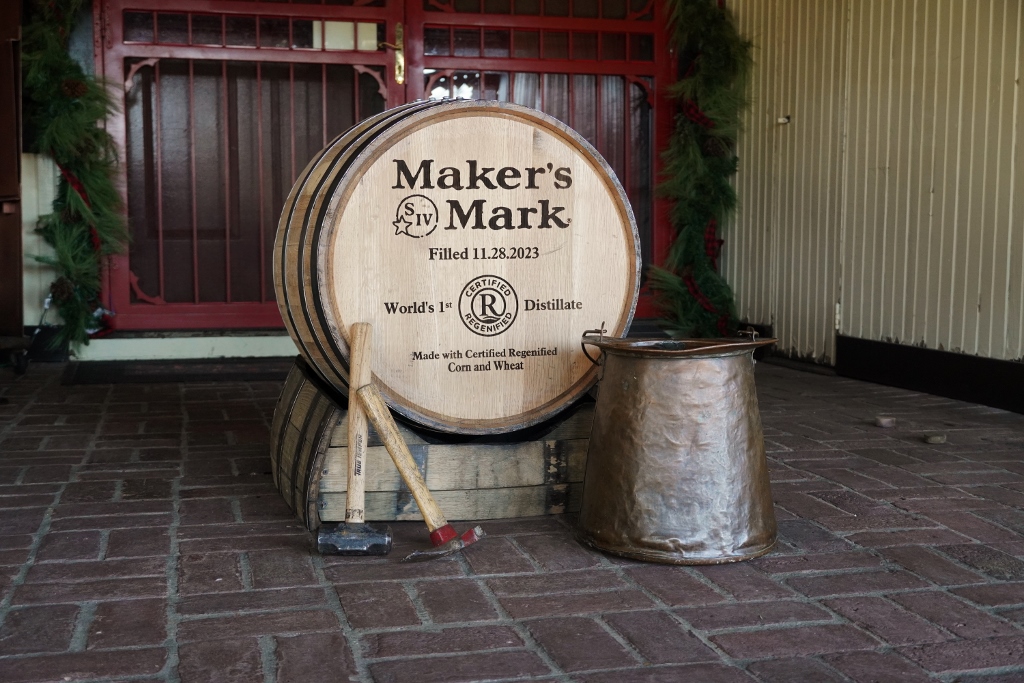
-
Save
“Would you ever have imagined that they would have dreamed to create and chase their vision for this idea of an elevated bourbon in such a remote location? It’s a commitment to get here, it’s off the beaten path, and as much of it is a commitment today, imagine 70 years ago, when you literally had to drive through creeks to get here. They were very intentional on why they chose this site. They knew that the manufacturing processes would help achieve the flavor vision, but ultimately, they were deeply respectful of the idea that whisky comes from nature and that whisky is an agricultural product and bourbon is fundamentally nature distilled.
“Star Hill Farm is home to our precious 12-acre spring-fed lake. We’re pulling almost 100,000 gallons of water every single day out of our spring-fed lake. We own and control all the entire watershed.
“In the beginning, my grandparents also chose this location because they wanted to build a relationship with the farmers, with the growers. As they got started, they had baked loaves of bread, deciding to use soft red winter wheat. Now here we are 70 plus years later and we have maintained a relationship with those same growers through the decades and as the eighth generation of our family involved with making whisky here in the Commonwealth of Kentucky. It has been one hell of a journey, it has been humbling in many ways, this journey that we’ve been on, to be deeply respectful of the distillery, of the process, but also to take it back to nature. And try to ask the next question around how much do we really understand and appreciate where flavor comes from?
“What is the role of soil health in driving flavor? How have varietals of wheat, our flavoring grain, how much have the varietals of wheat evolved over time, how have farming practices changed? So, in many ways when we share our first ever new to the world brand with the world, Star Hill Farm Whisky is a celebration of ‘nature as the maker’. Along the way, we’ve learned an overriding purpose that through stewardship of nature, we will achieve and push flavor boundaries.
The 1st Distillery to Achieve Certified Regenerative Status
“It was a pretty exciting moment for our team, when in the fall of 2023, Maker’s Mark became the first distillery that I know of in the world to have all of its fresh distillate, certified by a third party. This is not just a whisky topic that should be important to whisky makers, it’s going to move to the forefront, we think globally across many industries, where conventional farming, which typically includes heavy tilling, destroys the topsoil, is relying upon chemicals, fertilizers, and oftentimes grown in a monoculture environment. All the research we see suggests that there’s only about 50 or 60 harvests left globally before the topsoil is just gone globally.
“With this regenerative farming approach, and with Regenified as our third-party verification partner, we are not employing any heavy tilling and we are beginning to integrate crop rotation with our partner growers. We also have about 350 acres of agriculture grown here on Star Hill Farm using these same practices.
Most Popular
- Maker’s Mark Introduces its 1st New Mash Bill Since…
- Bardstown Bourbon Releases ‘Cathedral French Oak’…
- 2025 Bourbon & Beyond Festival All-star Music…
- Texas Files Bill to Make Home Distilling Legal – No…
- Maker’s Mark 2025 ‘The Keepers Release’ Features the…
- Heaven Hill Fills its 1st Barrel of Bourbon in…
- The End of an Era: Brown-Forman Closed its…
- Mudslide at Buffalo Trace Distillery Lands Office…
- Woodford Reserve Distillery Releases 2025 Kentucky…
- Woodford Reserve’s 2025 Release of Double Double…
Better Ingredients Make Better Whisky – Maximum Yield v. Maximum Flavor
“We’ve been making whisky for a long time, and we’ve learned so much. I think our industry has always focused on manufacturing. But we want to change that thinking and start with the best ingredients like chefs. You talk to all the great chefs, and they oftentimes will spend more time on sourcing and going to great lengths to start with the best ingredients versus just the cooking techniques.
“As a wheated bourbon, I was not aware of this until about 10-11 years ago, there was a pretty pivotal milestone, with how wheat was grown in this country. Up until the 1950s, most of the wheat in the U.S. was grown on a regional basis. Each community would have their own varietal, and this scientist named Norman Borlaug, I read about this 10 years ago in The New York Times, he actually ended up winning a Nobel Prize because Borlaug, for the first time was able to cross breed varietals of wheat that was shelf-stable. So, for the first time, you could ship it all over the world, but in the process of making it shelf stable, he actually took a lot of the flavor out. Our distillery’s mission started with flavor. How has the flavor been lost? And now we ask, ‘How do we bring the flavor back?’
Soil Health Drives a Whiskies Flavor
“We’ve been working with two of the foremost wheat breeders in America on this project. One happens to be David A. Van Sanford Professor of Plant and Soil Sciences at the University of Kentucky.
“Professor Van Sanford has been the director of wheat at the University of Kentucky for 30 plus years now. We struck up a relationship with David all in pursuit of flavor and his soil sciences team to begin to document and prove that soil health drives flavor. We think more than 50% of the flavor comes from the soil health, not just the seed that you put in the ground, but we want to prove that out.
“Working closely with Van Sanford has been eye-opening because pretty early in the discussions David said that Maker’s Mark was the first company in his entire career that asked them to focus on flavor. He spent 30 years trying to maximize yield. Almost at the expensive flavor.
“This has been one hell of a journey in that we’ve learned a lot, and we’ve built relationships to help better understand the role of soil health, the influence of farming practices, and the ethics of it all.
“What would it look like to use what we’ve learned these were regenerative principles that are celebrated in the whisky that we’re going to launch in the spring with Star Hill Farm whisky to propel the regenerative farming movement well beyond Star Hill Farm and well beyond the 50,000 acres and our 10 growers that grow on our behalf for Maker’s Mark.
“As part of the launch of Star Hill Farm whisky, we are announcing a 1-million-acre ambition where through the proceeds of Star Hill Farm whisky, we are going to fund all the education and certification to move a million acres of farmland, here in Kentucky, New York, and in the UK from conventional farming to regenerative agriculture. We will fund, like we have with our own growers, we will fund, all of the education. Gabe Brown and his team will partner with growers, that aren’t even growing things on our behalf, or the industry’s behalf, so they will benefit from what we’ve learned.
“There’s a higher purpose at the center of this whisky, to move forward this regenerative future that we just think we believe that wholeheartedly.
Pushing the Boundaries of Flavor Through Stewardship of Nature and Regenerative Farming
Over the years Star Hill Farm has grown to 1,100 acres that make up the distillery, its watershed, and the surrounding fields and farmland. Star Hill Farm is a special place. It was listed on the National Register of Historic Places in 1974 and designated a National Historic Landmark 1980. The distillery sits kind of in the middle of nowhere and that’s exactly the way the founders wanted it to be. They could have built a distillery in a more populated area or moved to the big city but they chose the terroir of the farm over other sites, and it was one of the best decisions they ever made.
“When I think about what I’m proudest of and I think much of our family’s legacy beyond the innovative spirit that encouraged my grandparents to walk away from that legacy and create, what would become Maker’s Mark, it’s the sense of community,” said Samuels. “And in their humble beginnings, they were always adamant that they give back to the surrounding community. I think my father really embodied that commitment, over his 35 years, he probably spent 50% of his time in the community, he chaired 25 different boards, while he was President of Maker’s Mark.
Rob is giving back to the community and the world by expanding his regenerative farming philosophy well beyond the world of distilling.
To that end, Maker’s Mark was the first company in the world to sign the 100-million acre pledge. “It’s a commitment to move to 100% of our agricultural supply chain to use regenerative sources,” said Samuels. “Understanding Ag, and Gabe Brown, a really well-known, maybe the most celebrated regenerative farmer and a cattle rancher in the world. Gabe is a third-generation farmer and cattle rancher in North Dakota and he’s featured quite prominently in the movie ‘Kiss the Ground’ that came out in 2020.
The movie, narrated by Woody Harrelson, lays out a compelling vision that the only real way globally to combat global warming is to move away from conventional farming to regenerative agriculture where you build back the soil health and you draw down and sequester, the carbon in the soil. “Common Ground”, a new movie on the topic will be released on April 22, 2025, which is Earth Day. Maker’s Mark is highlighting the movie release as a call to action for businesses and the private sector to be at the forefront of leading the change for regenerative farming.
Star Hill Farm Whiskey Release Details
Star Hill Farm American Wheat Whisky 2025 is bottled at 114.7 proof (57.35% ABV) and has a suggested retail price of $100. In the United States, the limited release will be available at select retailers nationwide and available for purchase at the Maker’s Mark Distillery by booking a Star Hill Farm Whisky experience.
Related Story
Maker’s Mark Fills the World’s First Barrel of Bourbon with ‘Certified Regenified’ Corn and Wheat Dec 2023
Learn more about Maker’s Mark Distillery.
View all Bardstown/Nelson County Distilleries.
View all Kentucky Distilleries.
View all U.S. Distilleries.
Maker’s Mark at Star Hill Farm Began with Baking Bread. Now You Can Take a Similar Flavor Journey. (Full Recipes Below)

-
Save
Ready to make bread to go on a tasting journey just like Bill Samuel’s, Jr. and Margie did back in 1953 when they started Maker’s Mark? Now you can with these exclusive recipes shared by the makers at Maker’s Mark. Time to roll up your sleeves, start kneading some dough and pairing with your favorite whisky. Let us know if you prefer the rye, hard red spring wheat, or the soft red winter wheat. Enjoy!
Sponge and Dough Recipe
This is a two step bread making process. The first step is to make a pre-fermentation sponge followed by making a dough for the final mixing. Baking the bread begins with Sponge for six (6) loaves of bread. Three in pans and three made artisan style without a pan but you can divide up any way you like.Making the Sponge
- 2040 g cool water
- 6 tsp yeast
- 1380 g all-purpose flour
- Mix together and wrap. Leave on table overnight.
- The next day, weigh sponge and divide by three, separating into three bowls.
1. Rye Bread Recipe
Ingredients
- 4 tbs salt (each loaf)
- 540 g all-purpose flour (each loaf)
- 148 g rye flour (each loaf)
Instructions
- Into one bowl of sponge, add salt, all-purpose flour and rye flour.
- Rise until doubled. Punch down dough and shape into loaf or a loaf pan.
- Rise each loaf until doubled again.
- Bake at 425 degrees for 25-30 minutes.
2. Hard Red Spring Wheat Bread Recipe
Ingredients
- 4 tbs salt (each loaf)
- 540 g all-purpose flour (each loaf)
- 148 g hard red winter wheat flour (each loaf)
Instructions
- Into bowl of sponge, add salt, all-purpose flour and hard red winter wheat.
- Rise until doubled. Punch down doughs and shape into loaf/loaf pan.
- Rise each loaf until doubled again.
- Bake each loaf at 425 degrees for 25-30 minutes.
3. Soft Red Winter Wheat Bread Recipe
Ingredients
- 4 tbs salt (each loaf)
- 540 g all-purpose flour (each loaf)
- 148 g soft red winter wheat flour (each loaf)
Directions
- Into bowl of sponge, add salt, all-purpose flour and soft red winter wheat.
- Rise until doubled. Punch down dough and shape into loaf/loaf pan.
- Rise loaf until doubled again.
- Bake loaf at 425 degrees for 25-30 minutes.
Stay Informed: Sign up here for the Distillery Trail free email newsletter and be the first to get all the latest news, trends, job listings and events in your inbox.
Please help to support Distillery Trail. Sign up for our Newsletter, like us on Facebook and follow us on Instagram and Twitter.







